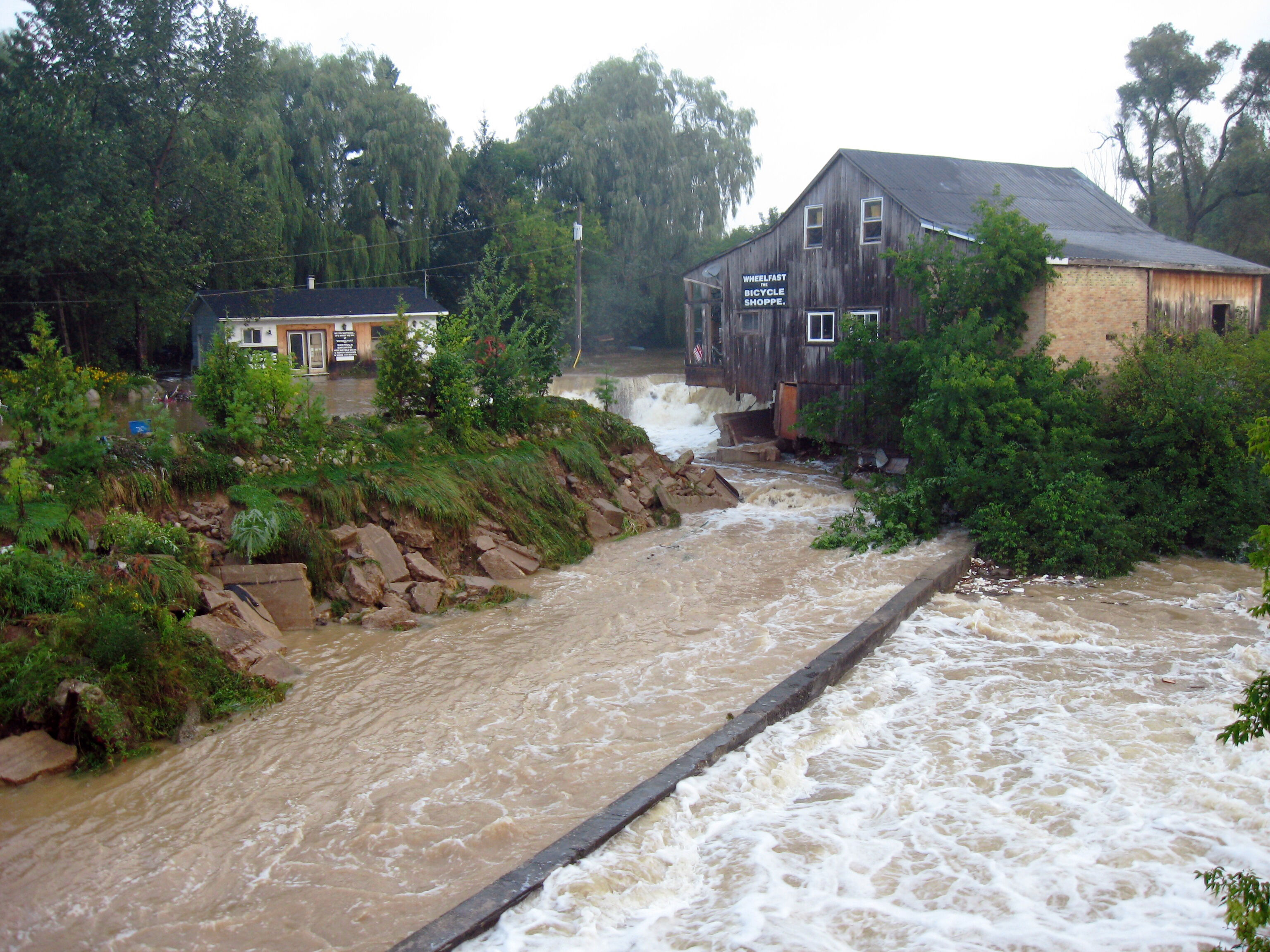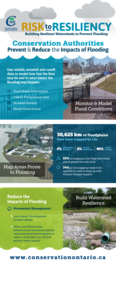Flood Management - Risk to Resiliency
Flooding is the leading cause of public emergency in Ontario.
Conservation Authorities are on the front lines of the Provincial Flood Forecasting and Warning Program. They are responsible for monitoring and predicting flood flows and water levels within their watersheds, operating flood control structures such as dams and disseminating flood messages to local municipalities and agencies.
Conservation Authorities work closely with the Ontario Ministry of Natural Resources and Forestry and Environment Canada to provide advice to municipalities in the preparation of flood contingency plans and during the emergency response process.
Conservation Authorities and the Ontario Ministry of Natural Resources and Forestry use information gathered from stream gauges, weather stations, snow surveys, meteorological forecasts and computer models to forecast potential floods. rolex day date replica
Roles and responsibilities of Conservation Authorities around flooding:
- Monitoring conditions
- Computer modeling and forecasting flooding
- Issuing of flood messages
- Regulation of development in flood prone areas
- Providing planning support and advice to municipalities to minimize the impact of flooding
- Land acquisition
- Protecting significant ecosystems such as wetlands and forests that help to control flooding and educating the public
Learn more about the role and responsibilities of Conservation Authorities in flood management.
Building Watershed Resiliency
Conservation Authorities also bring added protection and benefits through their watershed management programs which include activities such as regulation and planning, rural and agricultural watershed stewardship, natural heritage system management, stormwater management, low impact development, water quality and quantity monitoring, and many other programs.
All of these activities contribute significantly to building local watershed resilience and enable Ontario communities to address the growing challenges created by climate change.
History of Flood Management
Conservation Authorities began to be established in the 1940s in order to address severe flooding and erosion problems that existed at that time. The most severe flooding on record in Ontario occurred in October 1954 when Hurricane Hazel passed through southern Ontario. Eighty one people died and damages were estimated at over $180 million. Following the devastating impact of Hurricane Hazel, a flood forecasting and warning system was established in the province. Several flood control facilities were significantly upgraded and constructed following Hurricane Hazel. Operational practices were designed to respond immediately to changing conditions and regulations were put into place to limit and control future development and inappropriate land use activities in flood hazard areas. Learn more about Flood Management in Ontario.

